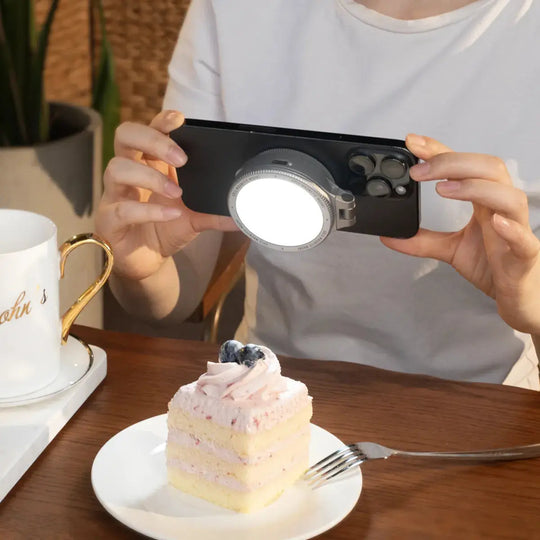Transform Your Content with Stunning Lighting Secrets You Never Knew!
Lighting is often the unsung hero in the world of content creation. Whether you’re shooting videos or taking photos, the quality of your lighting can make or break your project. Many creators encounter common challenges, such as harsh shadows, inconsistent lighting, or a lack of vibrancy in their images. The purpose of this article is to shed light—quite literally—on various lighting options and setups that can enhance your content. By understanding how to manipulate light to your advantage, you can significantly improve the aesthetic and professional quality of your work.

Understanding the Basics of Lighting
Before diving into specific lighting setups, it's essential to grasp some fundamental concepts. Exposure refers to how much light is allowed into the camera; too much can wash out your image, while too little can leave it dark and unclear. Color temperature, measured in Kelvin, affects the warmth or coolness of your light. For instance, daylight typically has a color temperature of around 5600K, while incandescent bulbs can be as low as 2700K. One effective setup to consider is the three-point lighting technique, which uses key, fill, and back lights to create depth and dimension. When you understand these concepts, you’ll be better prepared to tackle the challenges of content creation and make deliberate choices about how you light your scenes.
Natural Lighting: The Creator's Best Friend
One of the most valuable resources for content creators is natural light. It’s free, abundant, and can produce stunning results when utilized correctly. The golden hour, which occurs shortly after sunrise and before sunset, is renowned for its soft, flattering light. To maximize natural lighting, choose a location with ample windows and aim to shoot when the sunlight is diffused, such as on overcast days. Experimenting with angles can also help; for instance, positioning yourself near a window can create beautiful soft shadows. A friend of mine, who is a vlogger, swears by shooting her travel content during these hours, claiming it gives her videos a professional edge that resonates with her audience.
Artificial Lighting Options for Every Budget
For those times when natural light isn’t available, artificial lighting can be a game-changer. There are various types of artificial lights you can invest in, depending on your budget. Softboxes provide soft, even light and are great for reducing harsh shadows, making them ideal for portrait photography. Ring lights are particularly popular among beauty content creators, as they evenly illuminate the subject's face and reduce dark circles. LED panels are versatile and energy-efficient, offering adjustable brightness and color temperature, making them suitable for various content formats. Regardless of your budget, there’s an artificial lighting option that can elevate your work.
Creative Lighting Techniques to Consider
Once you’re familiar with the basics and have your lighting equipment, it’s time to explore creative techniques that will make your content stand out. Backlighting can create a stunning silhouette effect, perfect for dramatic storytelling. Side lighting, on the other hand, can add dimension and depth, enhancing the texture of your subjects. Utilizing colored gels to alter the light can also introduce a unique flair to your work. For instance, a vibrant blue gel can set a cool, moody atmosphere, whereas a warm orange gel can evoke feelings of warmth and comfort. Each of these techniques can add a fresh layer of creativity to your projects.
Setting Up Your Lighting for Different Content Types
Different types of content may require varying lighting setups. For vlogs, a well-lit face is essential, so using a softbox or ring light positioned in front of you can create a welcoming atmosphere. In tutorial videos, consider a three-point lighting setup to ensure all details are visible. For photography, you might want to play with shadows and highlights to convey mood; for instance, soft lighting can create a serene feel, while harsher light can be more energetic. Adjusting your lighting according to the mood and tone of your content will enhance viewer engagement and satisfaction.
Mastering Lighting for Enhanced Content Quality
In conclusion, mastering lighting is crucial for any content creator looking to enhance the quality of their work. By understanding the basic principles of lighting, utilizing both natural and artificial options, and experimenting with creative techniques, you can significantly elevate your content. Don't shy away from trying different setups and tweaking your approach based on the type of content you’re producing. Embrace these lighting secrets, and you’ll be well on your way to transforming your content into something truly spectacular.






